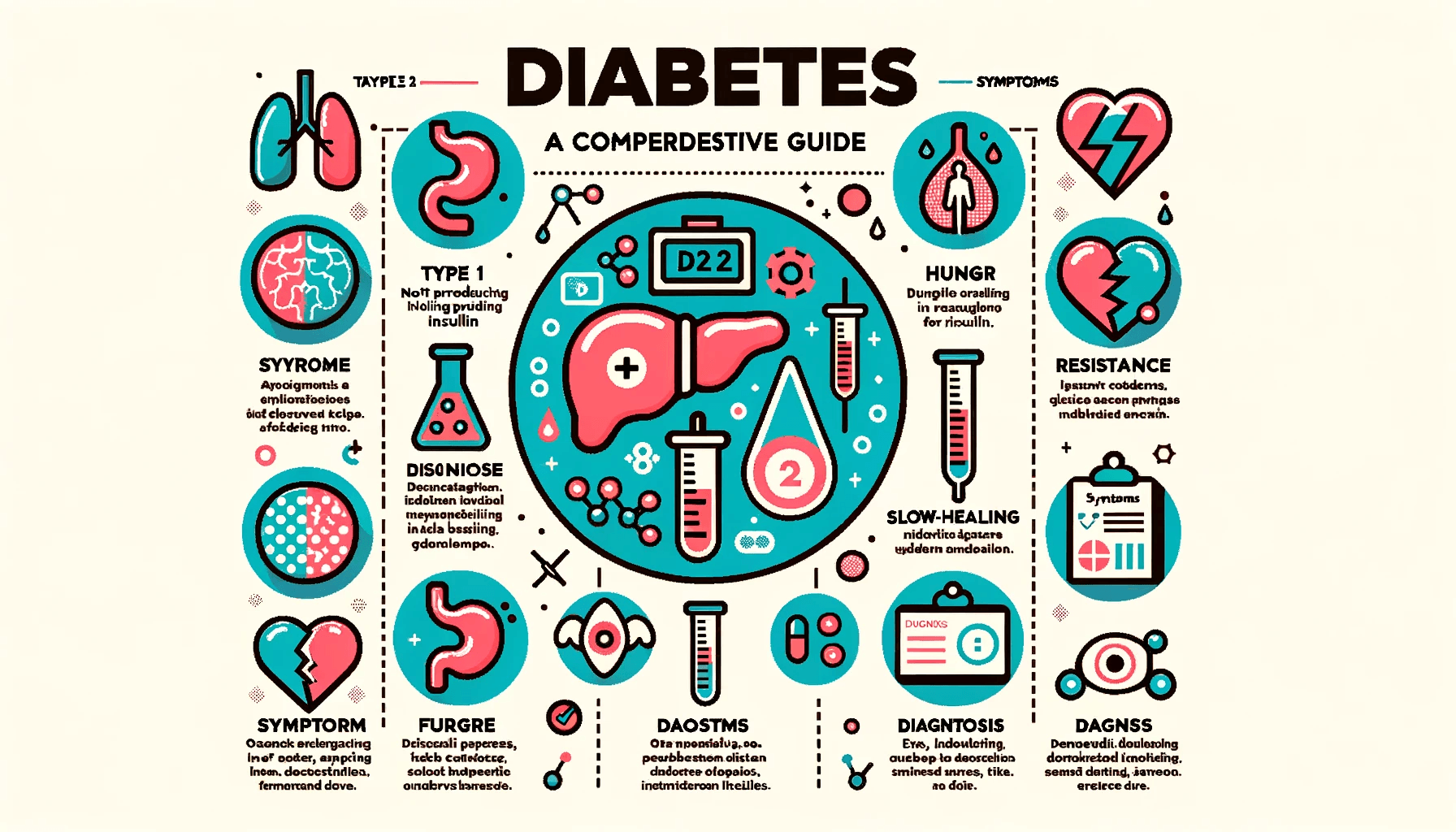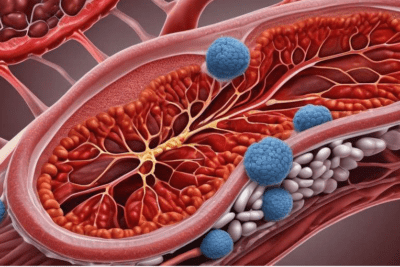
Waking up to find your blood sugar levels high can be a puzzling and distressing experience. If you're among the many who experience this, know that you're not alone. It is a common phenomenon for those with diabetes and even for some who do not have the disease. Various factors contribute to this morning surge, and understanding them is the first step in managing your levels effectively.
🔍 Seeking a breakthrough in Type 2 Diabetes management?
Discover our expert insights and innovative approaches on ‘How to Cure Diabetes’.
Click to transform your health journey today!
What you\'ll find in this article?
- What Causes High Morning Blood Glucose?
- How the Dawn Phenomenon Affects Blood Sugar
- What Is the Somogyi Effect?
- How to Lower Morning Blood Sugar Naturally
- Why Monitoring Blood Sugar Levels Is Crucial
- Lifestyle Changes to Manage Morning Blood Sugar
- Related Questions on Managing Morning Blood Glucose Levels
What Causes High Morning Blood Glucose?
Several factors can cause high morning blood glucose, often occurring as a result of natural hormonal changes that happen during sleep. During the night, hormones like cortisol and growth hormone signal the liver to release glucose for energy, leading to higher blood sugar levels in the morning.
This effect might be more pronounced in individuals with diabetes due to a lack of natural insulin or insulin resistance. It is important for patients to recognize these patterns, as they are crucial for managing glucose levels and preventing complications.
Diet and activity levels from the previous day can also impact morning blood sugar. Consuming a high-carb snack before bed or not having enough insulin to cover evening meals can lead to elevated levels in the morning.
Explore our specialized services in diabetes care 🌟.
From personalized diet plans to effective exercise routines, we have what you need to take control of Type 2 Diabetes.
Visit our services page now!












How the Dawn Phenomenon Affects Blood Sugar
The dawn phenomenon refers to the natural rise in blood sugar levels in the early hours of the morning. It is believed to be caused by a combination of nocturnal increases in counter-regulatory hormones and waning levels of insulin. Most individuals experience some form of this phenomenon, but it can be particularly troublesome for those with diabetes.
Understanding this phenomenon is essential for managing high morning blood glucose. If blood sugar is regularly high in the morning, it is a sign that the body may need adjustments in medication or insulin therapy.
Monitoring blood sugar levels before bed and upon waking can help determine if the dawn phenomenon is affecting morning glucose levels and guide necessary adjustments in diabetes management.
What Is the Somogyi Effect?
The Somogyi effect is another potential cause of elevated morning blood sugar. Unlike the dawn phenomenon, the Somogyi effect is a result of the body's reaction to low blood sugar during the night.
If blood sugar drops too low, the body can release stress hormones, which cause blood sugar to rebound to excessively high levels. This rebound can make it seem like the individual has high morning blood sugar without realizing they experienced hypoglycemia (low blood sugar) during the night.
Avoiding the Somogyi effect involves balancing insulin doses and bedtime snacks and may require adjustments based on blood glucose monitoring and trends.
How to Lower Morning Blood Sugar Naturally
There are several steps one can take to naturally lower morning blood glucose. These include:
- Eating a healthy, balanced dinner with controlled carbohydrate content.
- Incorporating a consistent exercise routine to improve insulin sensitivity.
- Ensuring adequate and regular sleep patterns.
- Adjusting medication timing and dosages under medical supervision.
It's also helpful to have a small, high-protein snack before bed to prevent nighttime hypoglycemia, which could trigger the Somogyi effect. Consulting with healthcare professionals can provide personalized strategies that take into account individual blood sugar patterns and lifestyle factors.
Why Monitoring Blood Sugar Levels Is Crucial
Regular monitoring of blood sugar levels is a cornerstone of diabetes management. It allows for the detection of patterns like the dawn phenomenon and the Somogyi effect and informs decisions on medication and lifestyle interventions.
Understanding and managing high morning blood glucose levels requires careful attention to blood sugar readings both at night and in the early morning. Continuous glucose monitors (CGMs) can be particularly useful for tracking these overnight patterns.
Furthermore, regular monitoring can help assess the effectiveness of treatment plans, identify the need for changes, and reduce the risk of complications associated with diabetes.
Lifestyle Changes to Manage Morning Blood Sugar
Making lifestyle changes can have a significant impact on controlling morning blood glucose. Here are some strategies:
- Engaging in regular physical activity to improve blood glucose control.
- Adopting a lower carbohydrate diet, particularly in the evening.
- Practicing stress-reduction techniques such as meditation or yoga.
- Limiting alcohol intake, as it can affect blood sugar levels.
- Ensuring optimal sleep hygiene to maintain a stable hormonal balance.
By incorporating these changes, individuals can improve their insulin sensitivity and reduce the likelihood of high morning blood glucose.
Why Is My Blood Sugar Highest in the Morning?
For many, blood sugar is highest in the morning due to the dawn phenomenon or the Somogyi effect. Hormonal changes that naturally occur during the night can cause the liver to release glucose into the bloodstream, resulting in higher morning glucose levels.
For those with diabetes, these effects can be amplified due to the inability of insulin to properly regulate blood sugar levels. Monitoring and adjusting diabetes management strategies accordingly is key to control this morning rise.
How Soon After Waking Up Should I Test My Blood Sugar?
It is generally recommended to test your blood sugar as soon as possible after waking up. This reading can provide valuable information about your overnight blood sugar levels and help you manage your glucose throughout the day.
For those experiencing high morning blood glucose, testing before breakfast can help determine if adjustments to medication or evening snacks are needed.
Will the Dawn Phenomenon Go Away?
The dawn phenomenon is a natural part of the body's circadian rhythm and is unlikely to go away completely. However, with proper diabetes management, including medication adjustments and lifestyle changes, its impact on morning blood sugar levels can be minimized.
Working with a healthcare provider to create an individualized management plan is essential to effectively deal with this phenomenon.</"
What Should Blood Sugar Be in the Morning for Type 2 Diabetes?
For individuals with type 2 diabetes, morning blood sugar should ideally be less than 130 mg/dL after fasting. It's important to note, however, that targets can vary based on individual health factors and should be personalized by a healthcare provider.
Consistent monitoring and collaboration with healthcare professionals can help maintain target ranges and reduce the risk of complications from diabetes.
In conclusion, managing dawn phenomenon naturally and the Somogyi effect requires understanding the unique patterns of blood glucose levels and implementing a combination of monitoring, medication adjustments, and lifestyle changes. By paying close attention to these details, individuals with diabetes can improve their control over their morning blood sugar and overall health.
✨ Other articles you might be interested in:
- Scientists Chinese found cure for type 2 diabetes with cellular therapy
- Understanding Warning Signs and Symptoms of Chronic Illnesses
- Understanding hyperglycaemia (hypers) | High blood sugar management and prevention
- Managing Type 2 Diabetes: Essential Tips and Strategies
- Understanding the process of getting tested for diabetes



